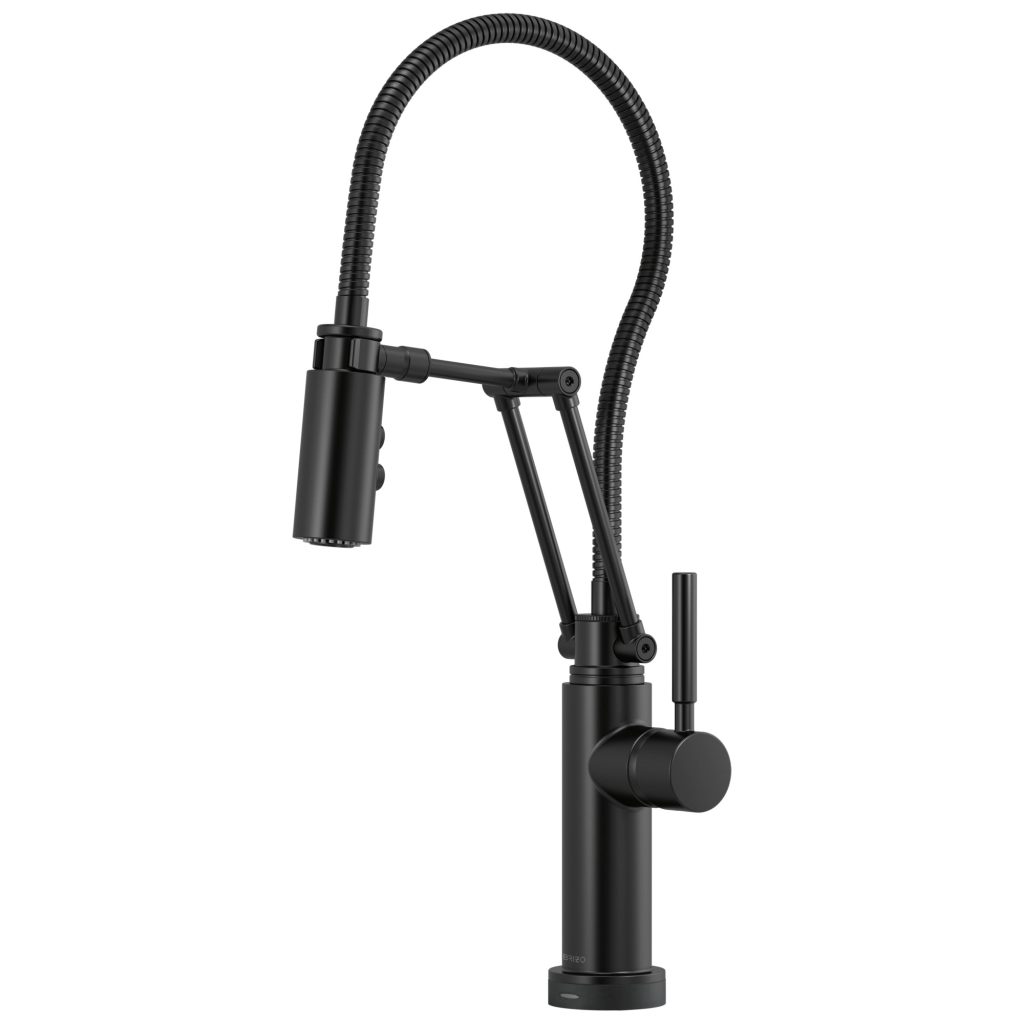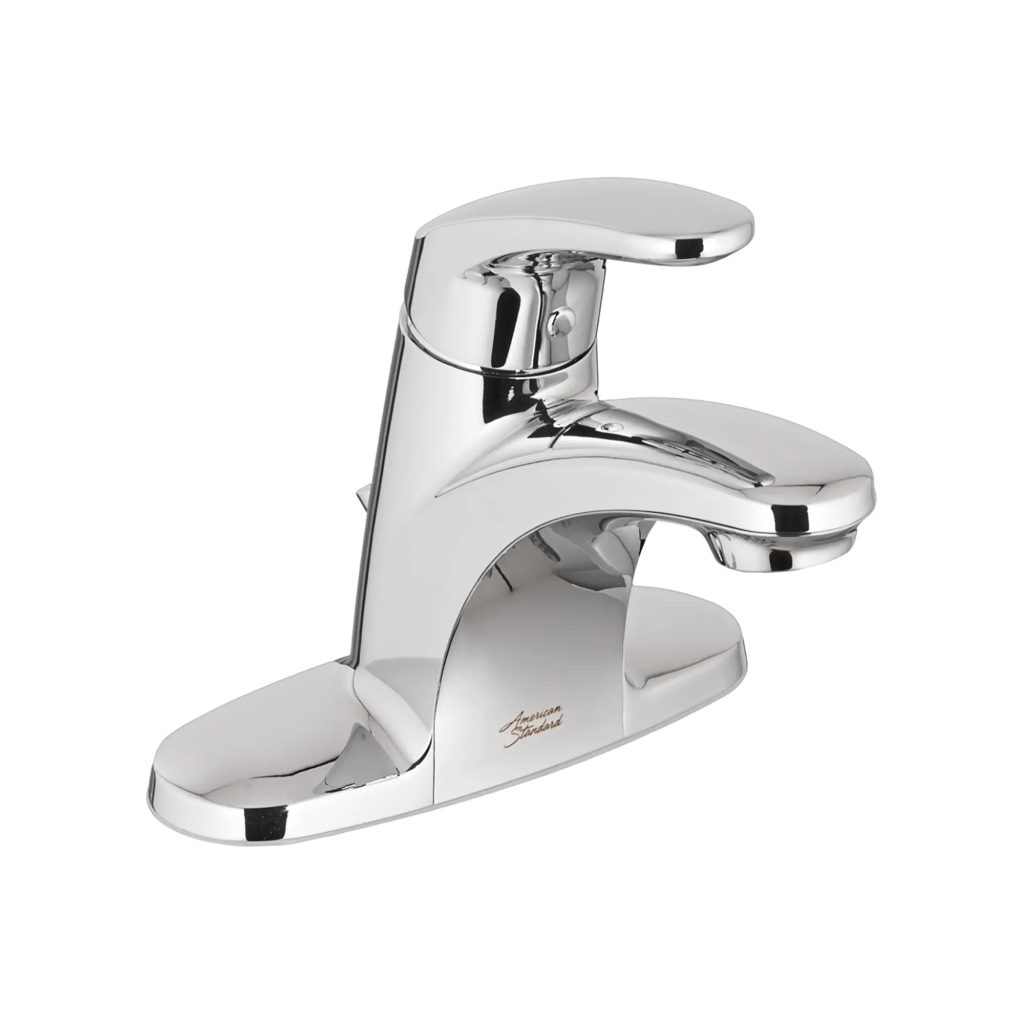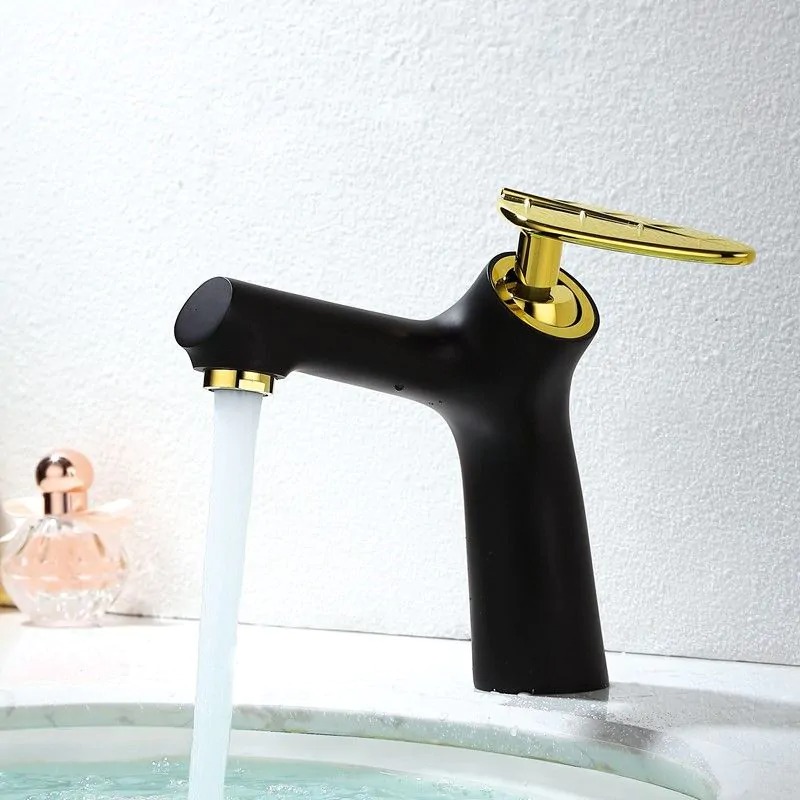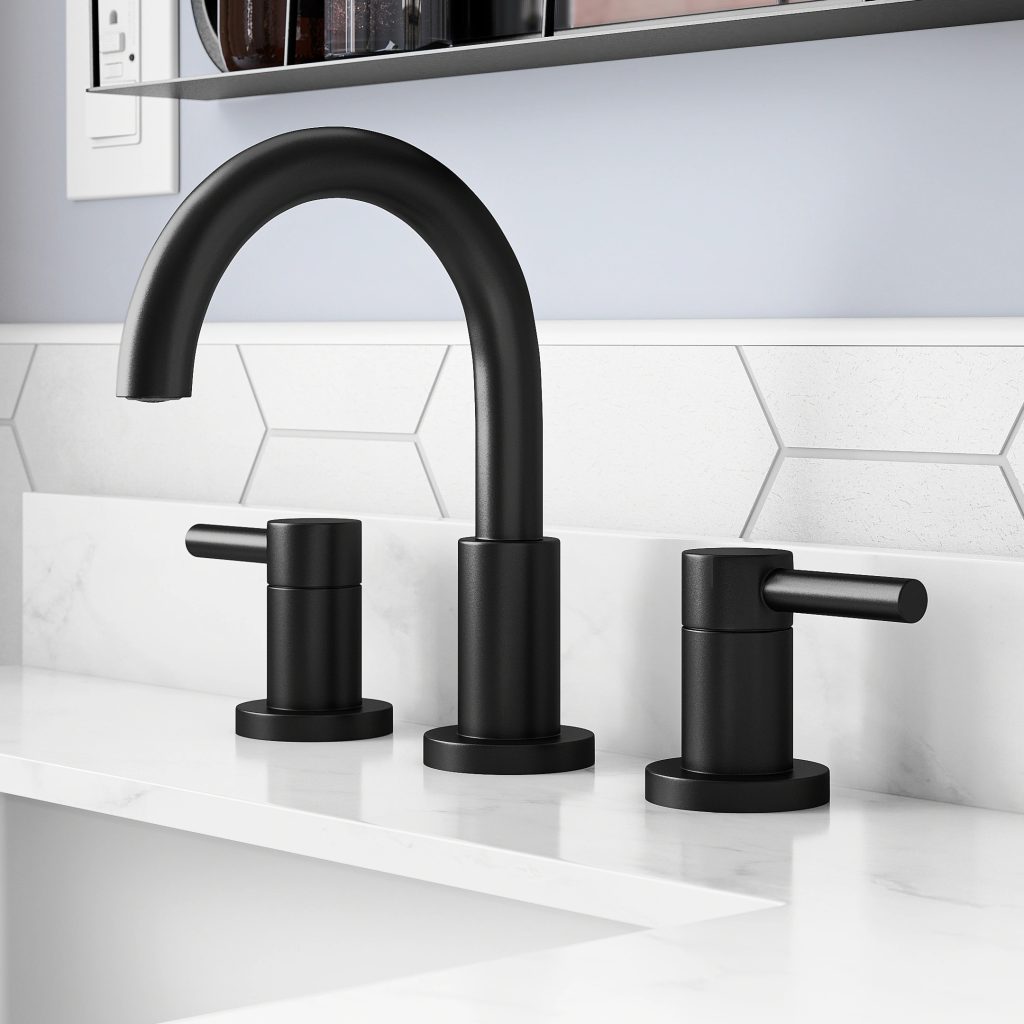The Science Behind Freezing Pipes
When temp to drip faucets, the water in your pipes can freeze. This is a problem many homeowners face during winter months. But why does it happen? It’s simple science. Water expands as it turns to ice. This expansion puts pressure on pipes, especially those that are old or not properly insulated.

To avoid frozen water’s expansion leading to a pipe burst, you must understand the freezing process. When the water attains a temp below 32°F (0°C), it starts to freeze. Usually, pipes located in attics, crawl spaces, and outside walls are most at risk. These are areas less likely to benefit from the heating in your home. The risk increases overnight when the temperature often drops the most.
Identifying Vulnerable Pipes in Your Home
To prevent frozen pipes, you first need to identify which are most at risk. Start with pipes in unheated areas of your home, such as your garage, attic, or basement. Outdoor hoses and sprinkler systems are also prone to freezing. Pipes running through external walls or any area not well insulated should be on your list too.
Pipes with little water use, like those in a guest bathroom that’s rarely used, can freeze faster. Such pipes lack consistent water flow to prevent freezing. Remember the locations of your main water supply as they can be crucial in an emergency.
Here are several steps to help identify vulnerable pipes:
- Check spaces that get cold, such as basements, attics, and garages.
- Look for pipes in cabinets and near external walls.
- Inspect outdoor hose bibs and irrigation systems.
- Note areas with poor insulation where cold air might seep in.
- Pay attention to pipes that have frozen before; these are likely suspects for future issues.
Once you identify at-risk pipes, you can focus on insulating them or using other strategies to keep them warm. Monitoring temps to drip faucets in these critical areas can prevent freezing. Dripping faucets maintain a continuous flow, making it harder for ice to form. Keep reading to learn the ideal temp to drip faucets to protect your vulnerable pipes.
Ideal Temperatures to Start Dripping Faucets
Determining the right temp to drip faucets is key to preventing frozen pipes. As a rule of thumb, start dripping your faucets when the outside temperature approaches 32°F (0°C), the freezing point of water. However, consider these temps as conservative triggers. It’s wise to act sooner, especially if you’ve had issues with freezing pipes before.
Here is a guideline for when to drip faucets based on the forecasted temperatures:
- When the weather forecast predicts lows at or below 32°F (0°C), turn on the faucet to drip.
- If your home is poorly insulated or has had freezing concerns before, drip faucets at temps slightly above 32°F.
- Pay close attention to nighttime temperatures, as these often drop significantly and increase the risk of freezing.
Keep in mind that the internal temperature of your home affects how fast pipes may freeze. Homes that are well heated may not require faucets to be dripped until the external temp is much lower. In contrast, homes that don’t retain heat well should consider dripping faucets at higher temps.

How to Properly Drip Your Faucets
Knowing the ideal temp to drip faucets is only the first step. Next, you need to know how to correctly set your faucets to drip to prevent freezing. Here’s a simple guide to help you do just that:
- Select the Right Faucets: Choose a faucet that is farthest from the place where your water enters the house. This helps water run through most of your system, keeping a consistent flow.
- Set Faucet to a Slow Drip: Turn the faucet handle so that the water drips out slowly. The drip should be steady – about a trickle, which is enough to keep water moving.
- Use Both Hot and Cold: If your faucet provides both hot and cold water, make sure to set it so that both are dripping. This can be done for faucets with separate handles for hot and cold, or a single lever by finding a middle setting.
- Monitor Faucet Performance: Keep an eye on the faucet’s drip rate as temperatures fluctuate. If temps drop further, you may need to adjust the trickle to flow more quickly.
Pairing these steps with the right insulation will maximize your pipes’ protection against freezing weather. Remember, the goal isn’t just to let the faucet drip; it’s to keep water moving through pipes to prevent ice formation.
The Benefits of Dripping Faucets in Cold Weather
Dripping your faucets during cold weather has several key benefits. Here’s what you stand to gain by keeping that steady trickle:
- Prevent Pipe Bursts: The main benefit is the prevention of pipe bursts. A dripping faucet keeps water moving. This helps to prevent the formation of ice that can expand and crack pipes.
- Save on Repairs: By avoiding pipe bursts, you also avoid the high costs of repairs. Fixing broken pipes can be expensive and involve major inconveniences.
- Continuous Water Supply: A slow drip ensures that you maintain access to water. In case some pipes do freeze, you have a better chance at having running water.
- Reduce Pressure Buildup: Dripping faucets help release built-up pressure in the water system. Without the relief, frozen pipes are more susceptible to bursting due to pressure.
- Peace of Mind: Knowing you’ve taken steps to protect your plumbing can give you peace of mind. You don’t have to worry about waking up to a frozen disaster.
Always remember to balance the need to drip faucets with water conservation. Use this tactic as necessary and pair it with proper insulation for the best outcome.
Alternatives to Dripping: Other Preventative Measures
When protecting your home from cold weather and avoiding frozen pipes, dripping faucets is not the sole strategy. There are other preventative measures to consider that can work alongside or instead of dripping faucets, ensuring that your plumbing remains intact during frigid temperatures. Here are alternative methods you should know about:
- Insulation: The first line of defense is proper insulation of pipes, especially those in vulnerable areas. Insulate pipes in your attic, garage, and crawl spaces with foam or fiberglass sleeves.
- Seal Leaks: Inspect your home for drafts and seal any leaks with caulk or foam insulation. Even small cracks can let in enough cold air to freeze pipes.
- Heating Cables: Use electric heat cables or tapes around pipes that are prone to freezing. These cables gently warm pipes during the coldest times.
- Maintain a Warm Interior: Keep your thermostat set to a consistent temperature during both day and night. If you plan to be away, set the heat no lower than 55°F.
- Let Warm Air Circulate: Open cabinet doors under sinks and appliances close to outside walls to let warm air circulate around the pipes.
Implementing these methods reduces the risk of frozen pipes and can save you from the costly expenses associated with pipe bursts. These measures also allow you to conserve water while still maintaining the integrity of your home’s plumbing systems.

Faucet Drip Myths and Misconceptions
Many misconceptions exist about the need to drip faucets in cold weather. Let’s debunk some of the most common myths:
- Myth: Dripping Faucets Waste a Lot of Water
In reality, the water used is minimal compared to the damage from a burst pipe. A slow, steady drip can prevent costly repairs.
- Myth: If It’s Not Freezing Outside, There’s No Need to Drip
Wrong. Internal house temps also affect pipes. Homes not well heated may need faucets dripping, even when outside temps are above freezing.
- Myth: Only Northern Homes Need to Drip Faucets
Not true. Southern homes, often less insulated for cold, can be just as vulnerable. All homes can benefit from preventative dripping.
- Myth: You Only Need to Drip Hot Water
No, both hot and cold water lines can freeze. Drip both to prevent freezing in both types of pipes.
Conclusion: Balancing Water Conservation and Pipe Protection
With the knowledge of the ideal temp to drip faucets, you now understand how to safeguard your pipes during cold spells. Balancing the act of dripping faucets with water conservation is vital to protect your home without waste. Here’s how to maintain this balance effectively:
- Drip Faucets Only as Needed: Monitor the forecast and begin dripping your faucets when the temperature hits 32°F or lower. If your home is not well insulated, start earlier.
- Use a Timer: A timer controls the dripping of faucets during the coldest hours. This ensures you are only using water when it’s essential.
- Choose Faucets Wisely: Only let faucets that are far from where water enters the home drip. This keeps the entire system flowing with minimal water use.
- Maintain Insulation: Prevent pipe freezing with proper insulation in the first place. This reduces the need to drip faucets constantly.
Implement these guidelines and you can enjoy the chilly season without the threat of frozen pipes. You’ll also avoid unnecessary high water bills due to continuous dripping. Remember, preparation mixed with smart conservation strategies offers the best line of defense against old man winter’s icy grip.

